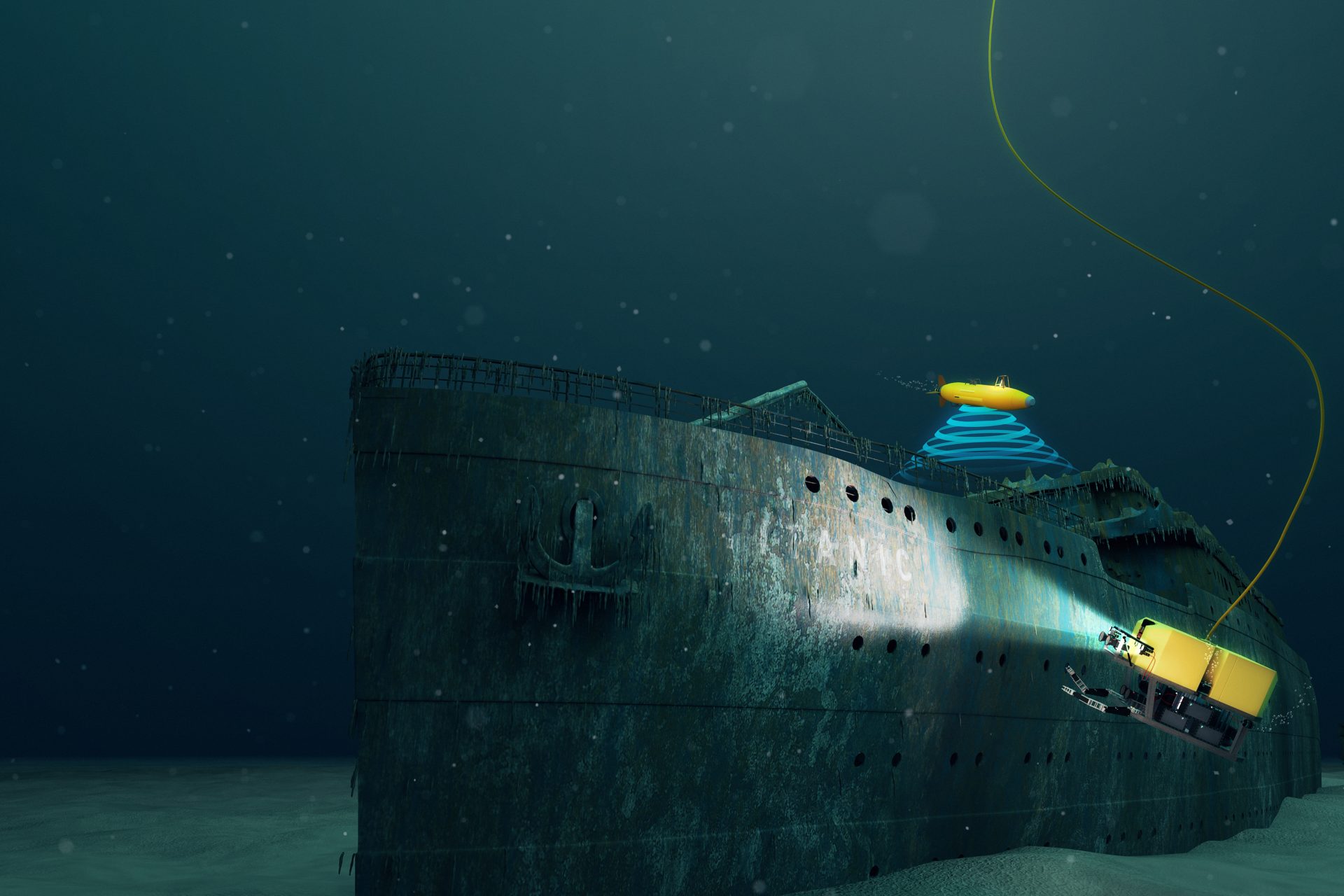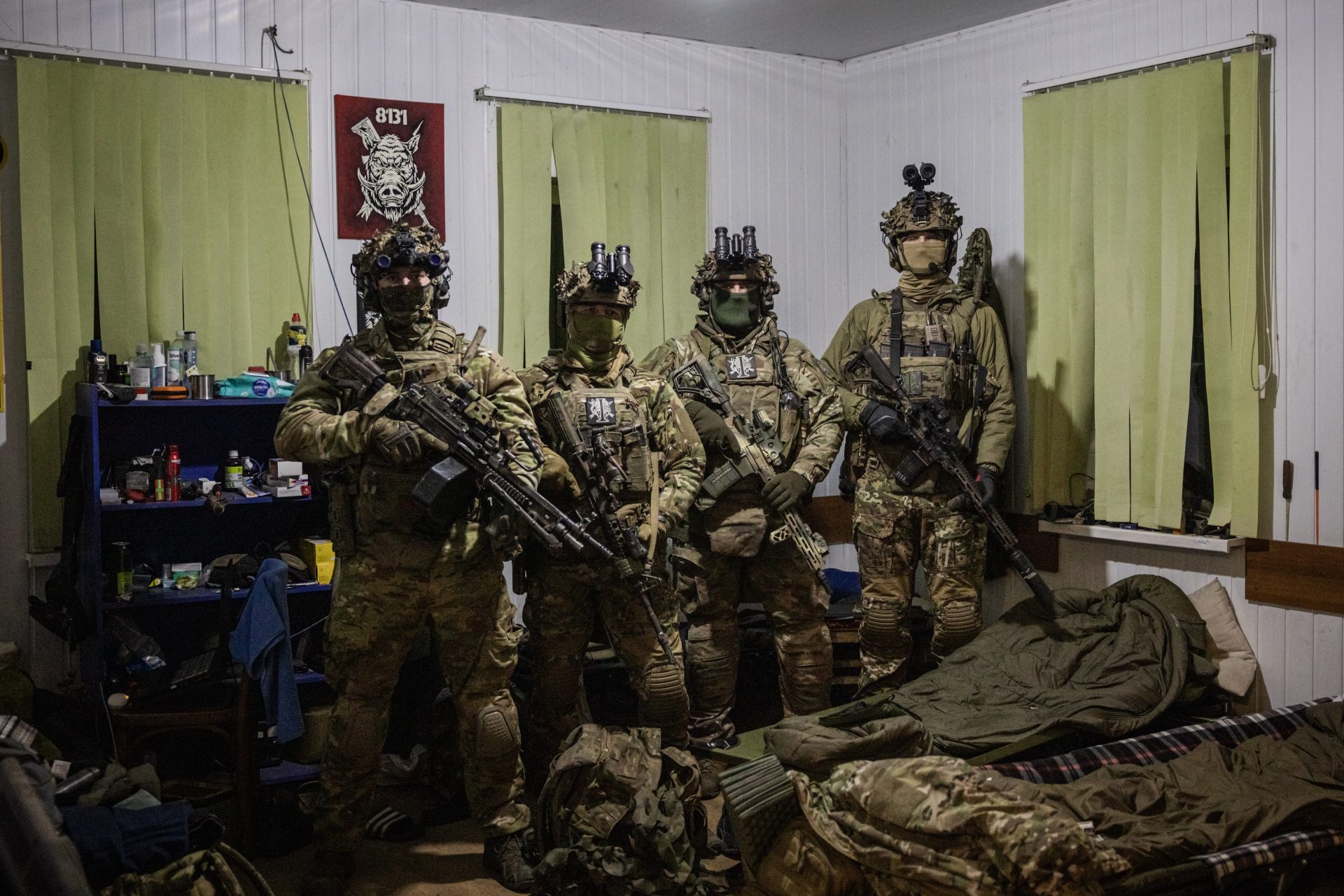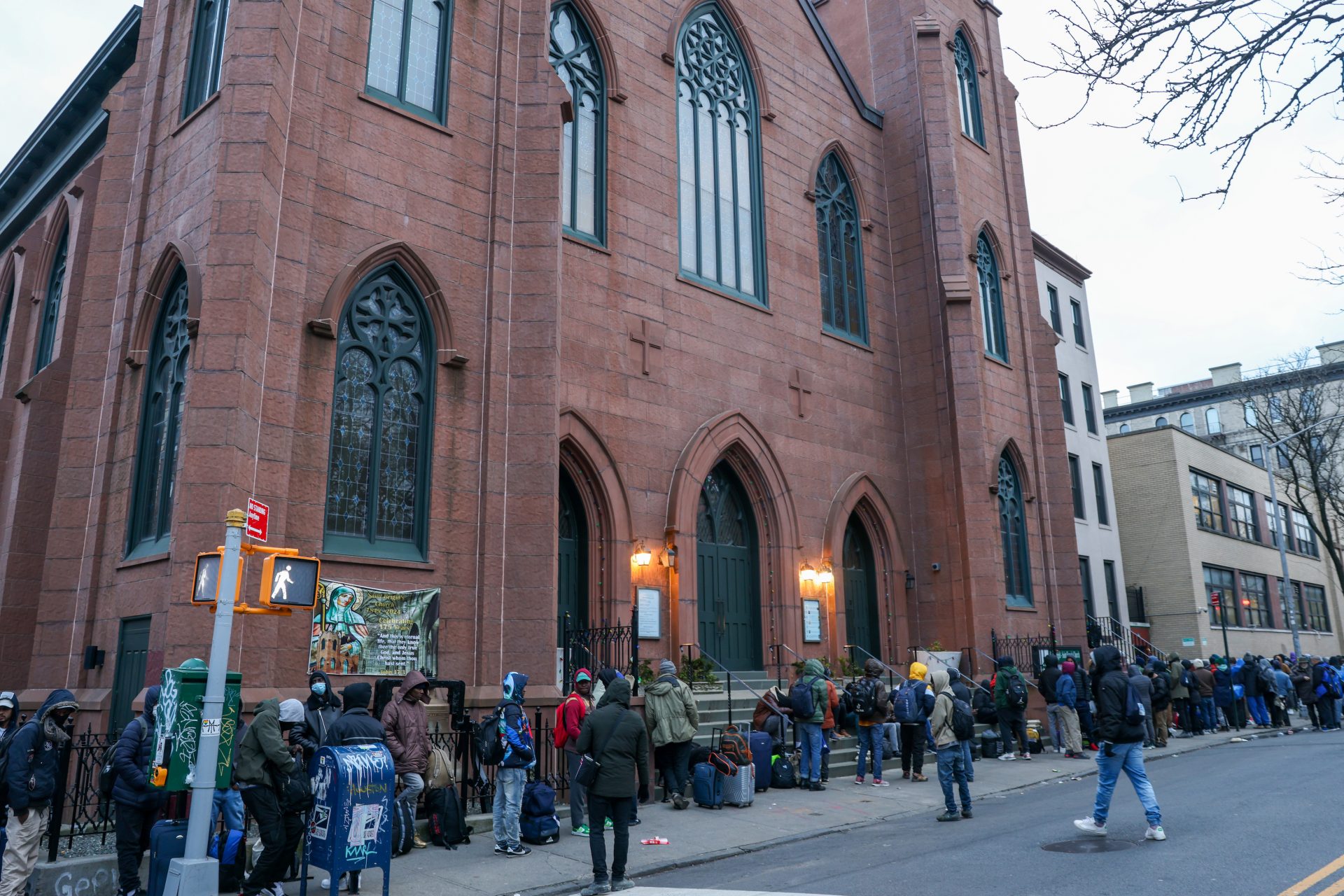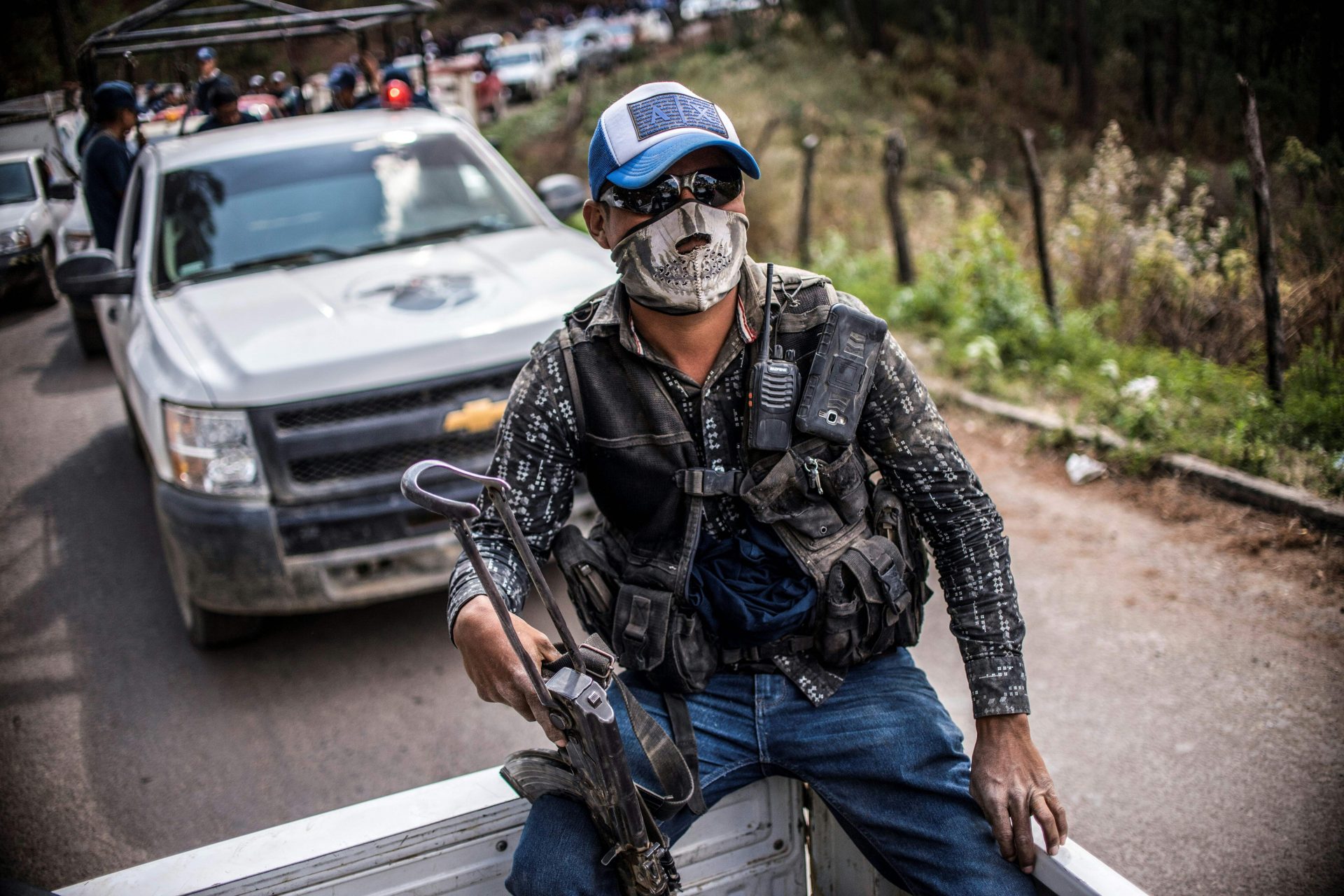These are eight of the deadliest disasters at sea
Water is part of ourselves and our planet. Up to 60% of the human body is made up of water. At the same time, 71% of Earth's surface is water.
However, sometimes the thing that gave us life, whether it is due to bad weather, human error, or pure misfortune, becomes deadly.
Let’s start right off the bat with the most memorable sea tragedy of all. On April 15, 1912, the HMS Titanic sank southeast of Newfoundland during its maiden voyage from Southampton, England, to New York City.
Around 1,500 people perished in the cold waters of the North Atlantic Ocean after the Titanic hit an iceberg. It took 2 hours and 40 minutes for the whole ship to go down, meaning that the 1997 James Cameron movie is longer than the actual event!
On the morning of December 6, 1917, the French cargo ship Mont-Blanc was under the orders of the French government to carry explosives from New York City to Bordeaux, France, via the port of Halifax, Nova Scotia. It crashed the Norwegian steamship SS Imo, amid an overcrowded harbor due to the WWI war effort.
Image: Alistair Covey / Unsplash
Over 1,700 died in the largest non-nuclear human-made explosion recorded. Around 7,000 people were reported to be injured. Buildings were destroyed within a half-mile radius, and the ensuing tsunami eradicated an indigenous tribe in nearby Tufts Cove.
However, the deadliest peacetime maritime disaster is one most people have never heard of. The Filipino ferry MV ‘Doña Paz’ covered a route between the island of Leyte and the capital city of Manila when disaster hit on December 20, 1987.
Image: InspiringTips / Unsplash
The ‘Doña Paz’ ferry was overcrowded and, according to some reports, lacked radio communications. There were only 26 people survivors, while 4,385 people met their end in the worst peacetime maritime disaster in history.
Pictured: One of the sirvivors of the 'Doña Paz' ferry
The deadliest industrial accident in the United Statues occurred on April 17, 1947, in the port of Texas City, Texas. A fire aboard the French-registered vessel detonated her cargo of 2,300 tons of ammonium nitrate, creating a mass reaction that extended to nearby oil storage facilities.
581 died in one of the largest non-nuclear explosions ever reported and led to the first class action lawsuit against the United States government.
Another military disaster occurred in Port Chicago, California, in 1944. A cargo of munitions detonated while being loaded into a vessel planned for the Pacific Theater during World War 2. 320 sailors and civilians died, most of them African Americans.
Unsafe conditions led to servicemen refusing to load munitions in what was known as the Port Chicago Mutiny. 50 people were court-martialed by the Navy for 15 years of forced labor, though most of them were released by 1946, during the Truman Administration.
Image: rwlinder / unsplash
The Sultana was a Mississippi River steamboat built in 1863. For two years, it covered the route between St. Louis, Missouri, and New Orleans, down in Louisiana. It also transported confederate troops during the US Civil War.
Image: Tomas Martinez / Unsplash
Built to carry less than 400 passengers, there were over 2,000 people on board the ‘Sultana’ when three of the ferry’s four boilers exploded near Memphis. 1,169 people drowned in what to date is the worst maritime disaster in the United States.
Image: Justin Wilkens / Unsplash
The PS ‘General Slocum’ was an excursion steamer servicing the New York City area in the late 19th century and early 20th century. On June 15, 1904, it was carrying nearly 1,400 passengers, mostly women and children, to the annual picnic of the St. Mark’s Evangelical Lutheran Church in Little Germany, Manhattan.
The steamer caught fire and sank in the East River, killing 1,021 passengers and crew. The neighborhood of Little Germany virtually disappeared after the incident, and it remained the biggest tragedy in New York City until 9/11.
On September 26, 2002, Senegalese ferry MV ‘Le Joola’ ran into a violent storm, pushing the ship further into the sea. There were 2,000 passengers on board, four times more than the vessel was designed to carry. Many were sleeping on the deck, affecting the ship’s stability.
Government rescue operations took a few hours, only managing to rescue 64 survivors. In total, over 1,860 people died when ‘La Joola’ sank off the coast of the Gambia.
More for you
Top Stories































